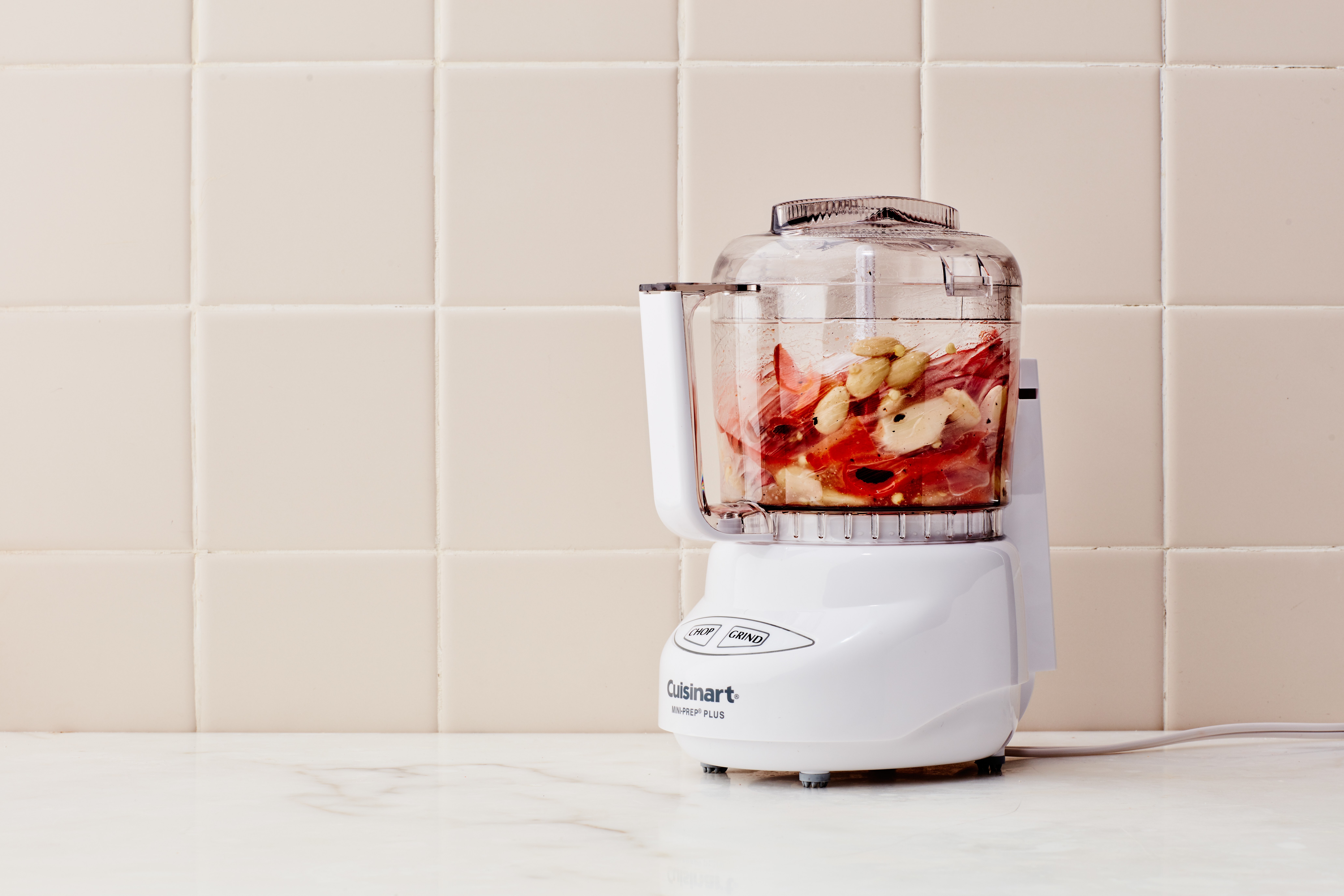Men's Health Week.com is maintained by Men's Health Network. Men's Health Network (MHN), is a non-profit educational organization focused on improving the health and wellbeing of men, boys and their families through a broad spectrum of national screening, educational campaigns, advocacy opportunities and patient navigation.
MHN can be found in every state and over 25 foreign countries. The advisory board consists of over 800 physicians, researchers, public health workers and community leaders specializing in men's and family health.
Preventative Care
- Men are 24 percent less likely than women to have visited a doctor within the past year and are 22 percent more likely to have neglected their cholesterol tests.
- Men are 28 percent more likely than women to be hospitalized for congestive heart failure.
- Men are 32 percent more likely than women to be hospitalized for long-term complications of diabetes and are more than twice as likely than women to have a leg or foot amputated due to complications related to diabetes.
- Men are 24 percent more likely than women to be hospitalized for pneumonia that could have been prevented by getting an immunization.
Source: Healthcare Cost & Utilization Project and Medical Expenditure Panel Survey data
Men's Health Week
The purpose of Men's Health Week is to heighten the awareness of preventable health problems and encourage early detection and treatment of disease among men and boys.
This week gives health care providers, public policy makers, the media, and individuals an opportunity to encourage men and boys to seek regular medical advice and early treatment for disease and injury.
The Goals of Men’s Health Network
1. Save men's lives by reducing premature mortality of men and boys.
2. Foster health care education and services that encourage men of all ages to implement positive lifestyles for themselves and their families.
3. Increase the physical and mental health of men so that they can live fuller and happier lives.
4. Energize government involvement in men's health activities so that existing government health networks can be utilized to increase the health and well-being of men and boys.
Men: Stay Healthy at Any Age Your Checklist for Health (pdf file)
The information in this fact sheet is based on research findings from the U.S. Department of Health and Human Services (HHS) and the U.S. Preventive Services Task Force (USPSTF). The USPSTF is the leading independent panel of experts in prevention and primary care. The Task Force, which is supported by AHRQ, conducts rigorous, impartial assessments of the scientific evidence for the effectiveness of a broad range of clinical preventive services, including screening, counseling, and preventive medications. Its recommendations are considered the gold standard for clinical preventive services.
The information in this fact sheet is based on research findings from the U.S. Department of Health and Human Services (HHS) and the U.S. Preventive Services Task Force (USPSTF). The USPSTF is the leading independent panel of experts in prevention and primary care. The Task Force, which is supported by AHRQ, conducts rigorous, impartial assessments of the scientific evidence for the effectiveness of a broad range of clinical preventive services, including screening, counseling, and preventive medications. Its recommendations are considered the gold standard for clinical preventive services.
Tips for men to get/stay healthy.
Men's Health Tips from the
American Dietetic Association
Resources
US Department of Health and Human Services: Men's Health
Men's Health Network (MHN)
Get it Checked (pdf)
International Men's Health Week




















